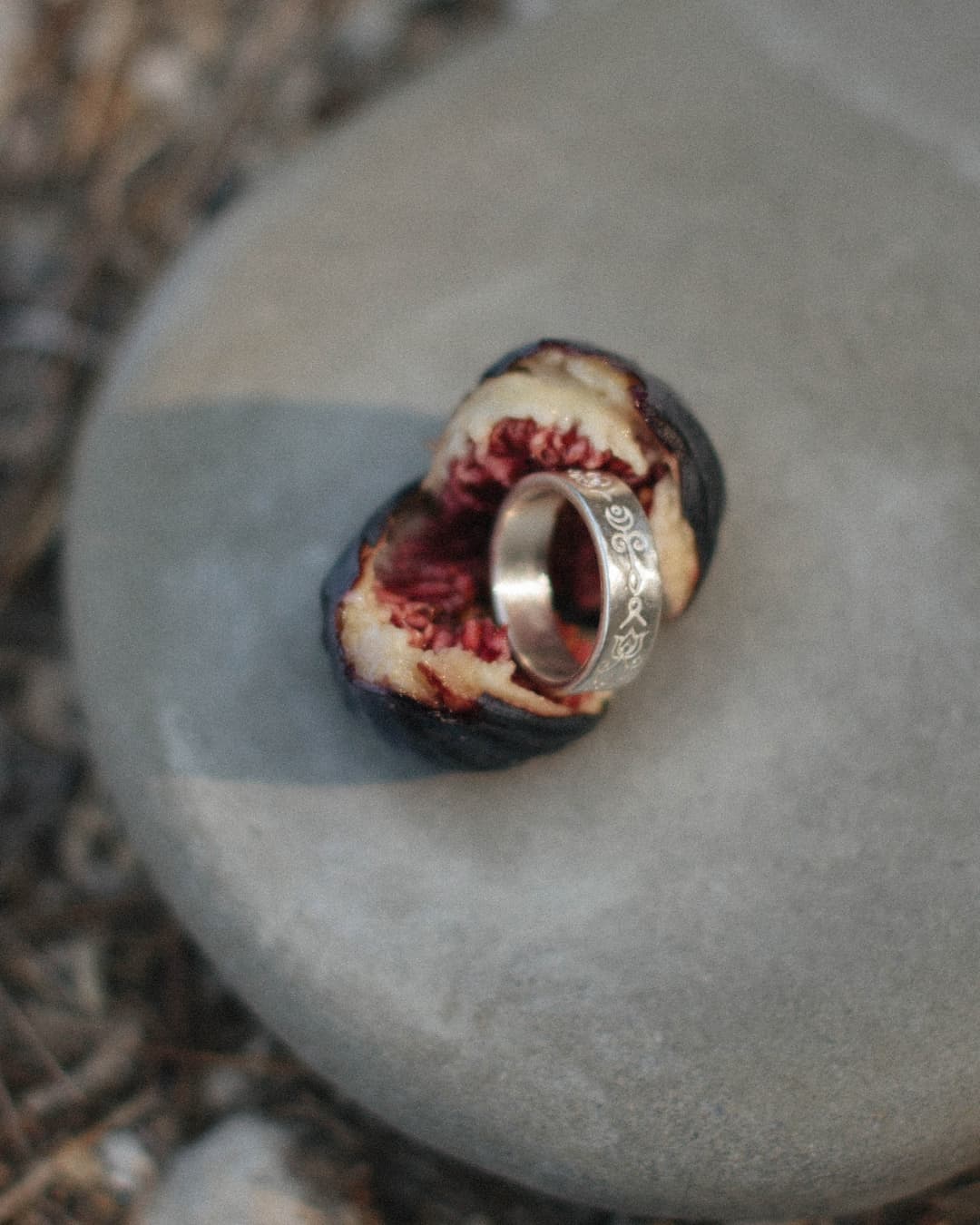Qu’est-ce que l’argent massif?
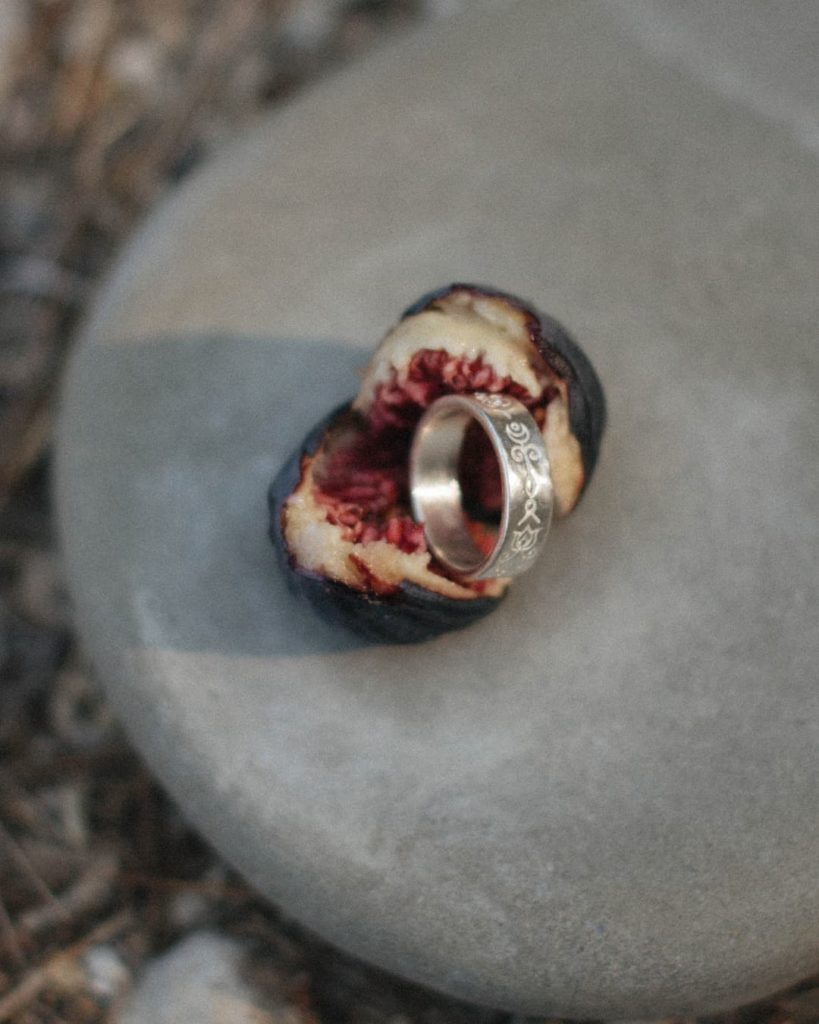
Définitions et appellations
L’argent est un métal précieux naturel, blanc, brillant, et peu oxydable. Il est de nature résistant, ductile – pouvant être étiré sans se rompre -, durable et anallergique. C’est un métal noble et rare utilisé depuis la nuit des temps, pouvant traverser les années et les siècles et être porté au quotidien.
Lorsqu’on parle d’argent massif, on parle le plus couramment d' »argent sterling » ou « argent 925 ».
Appelé d’après sa composition, l’argent sterling ou argent 925 est en effet composé de 92,5% d’argent et de 7,5% d’autres métaux – généralement du cuivre.
Les autres appellations de l’argent dépendent de la même manière de leurs compositions :
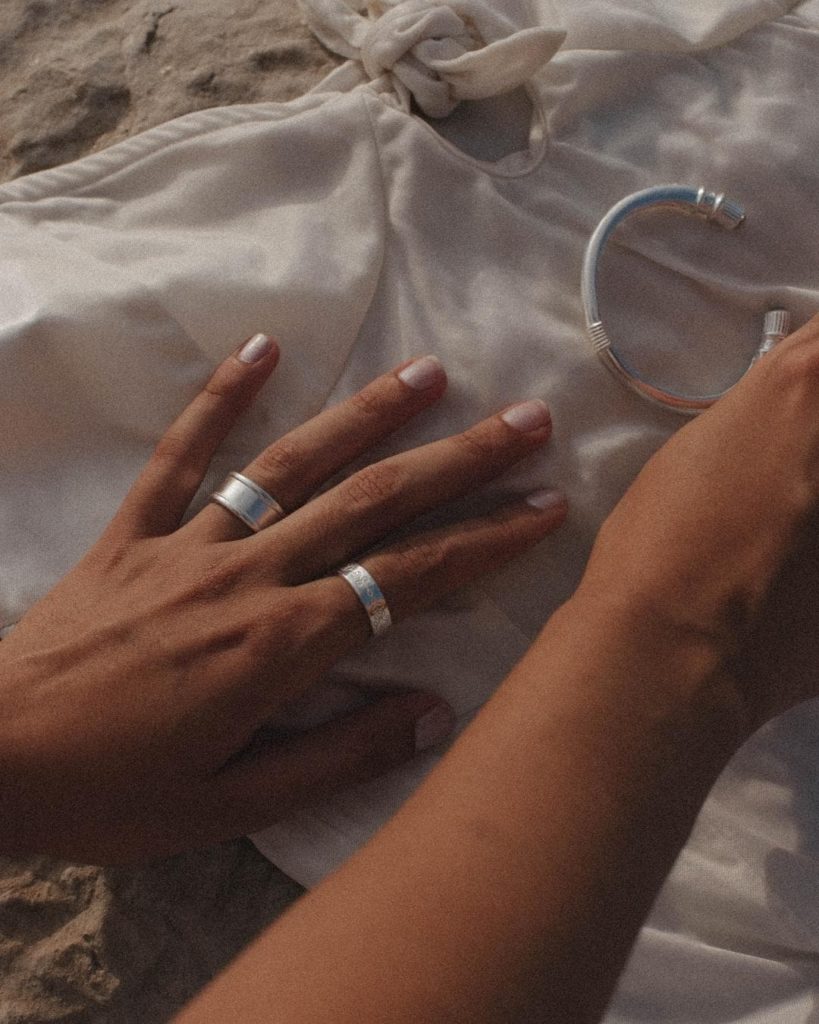
- L’argent 800, composé à 80% d’argent et à 20% d’un autre métal – le titrage minimum pour parler d' »argent massif » ;
- L’argent 950, soit 95% d’argent et 5% d’un autre métal ;
- L’argent « pur » ou argent 999, l’argent dans sa forme la plus pure lorsqu’elle est extraite de la terre.
L’argent 925 reste cependant l’argent le plus courant sur le marché. En effet, cette composition est un compromis parfait entre pureté et résistance, entre brillance et durabilité, permettant de plus un argent plus facile à travailler. C’est un argent qui reste également d’une haute préciosité.
À propos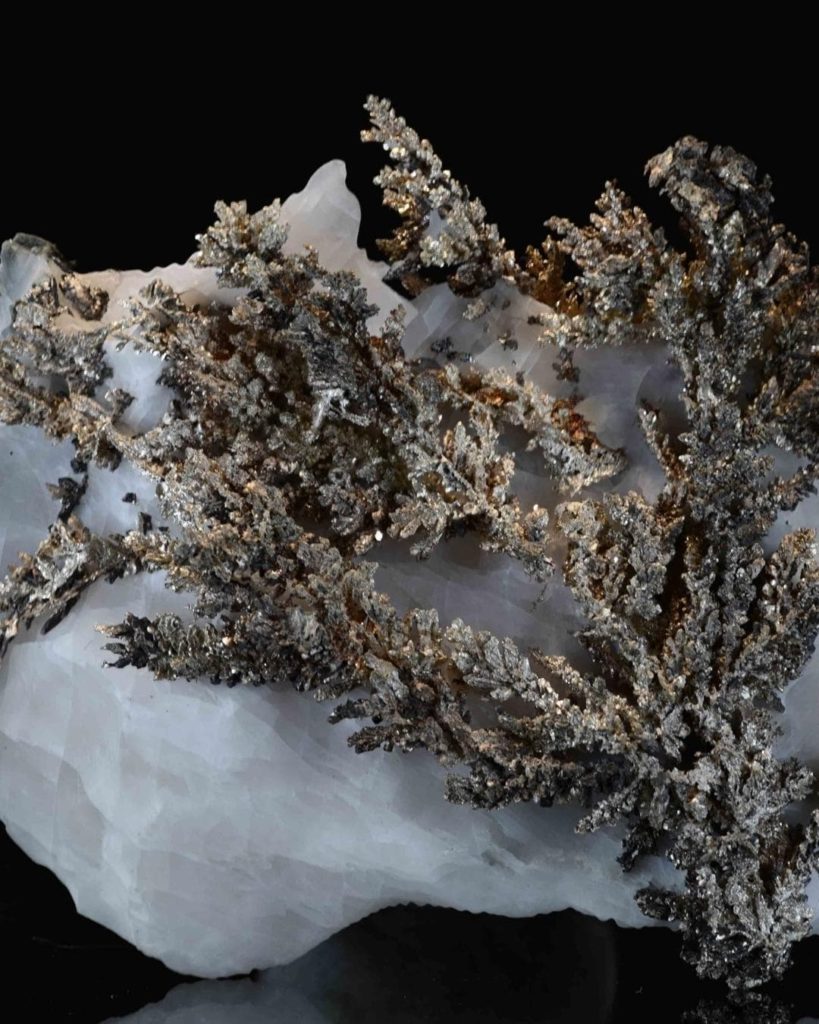
Où le trouve-t-on ?
On le trouve dans les sous-sols en tant qu’élément chimique plus ou moins pur, sous forme de cristaux, ou encore sous forme de filaments courbés. L’argent est extrait de minerais – mélange de divers éléments chimiques – en profondeur ou sur les roches en surface.
Les sources d’argent sont nombreuses. On les trouves principalement en Amérique, en Russie, en Pologne ou en Chine.
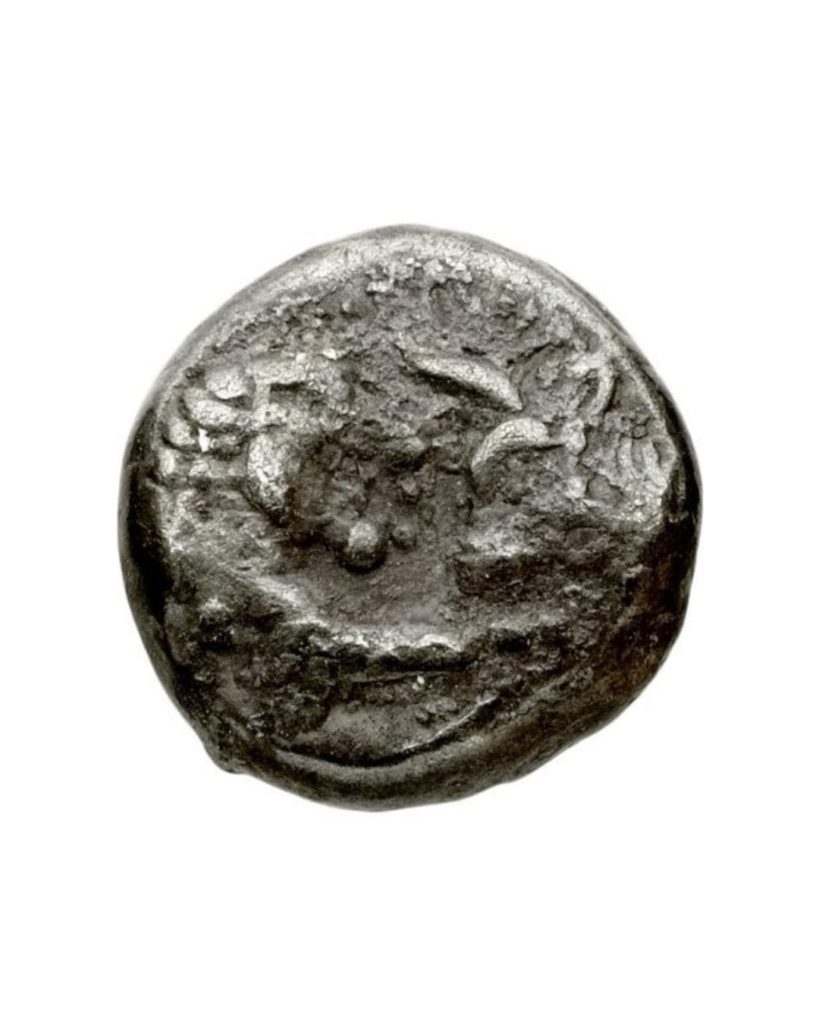
Nos civilisations
Si dans certaines cultures l’or est associé au Soleil, l’argent, lui, est associé à la Lune. Il a donc une place importante au sein des civilisations et des croyances religieuses.
Utilisé depuis l’Antiquité, l’argent a d’abord enrichi les civilisations du Proche Orient, puis la Grèce, la Crète, et a joué un rôle culturel important dans la société égyptienne de la première dynastie. Métal de choix pour la réalisation d’objets décoratifs et de bijoux, il est ensuite devenu monnaie d’échange au VIème siècle avant J-C en Lydie, ancien pays d’Asie Mineure.
L’argent a également fait l’objet de recherches et d’innovations qui ont été initiatrices des principes de la photographie argentique, ou encore de remèdes cautérisant les blessures grâce à ses propriétés antibactériennes.
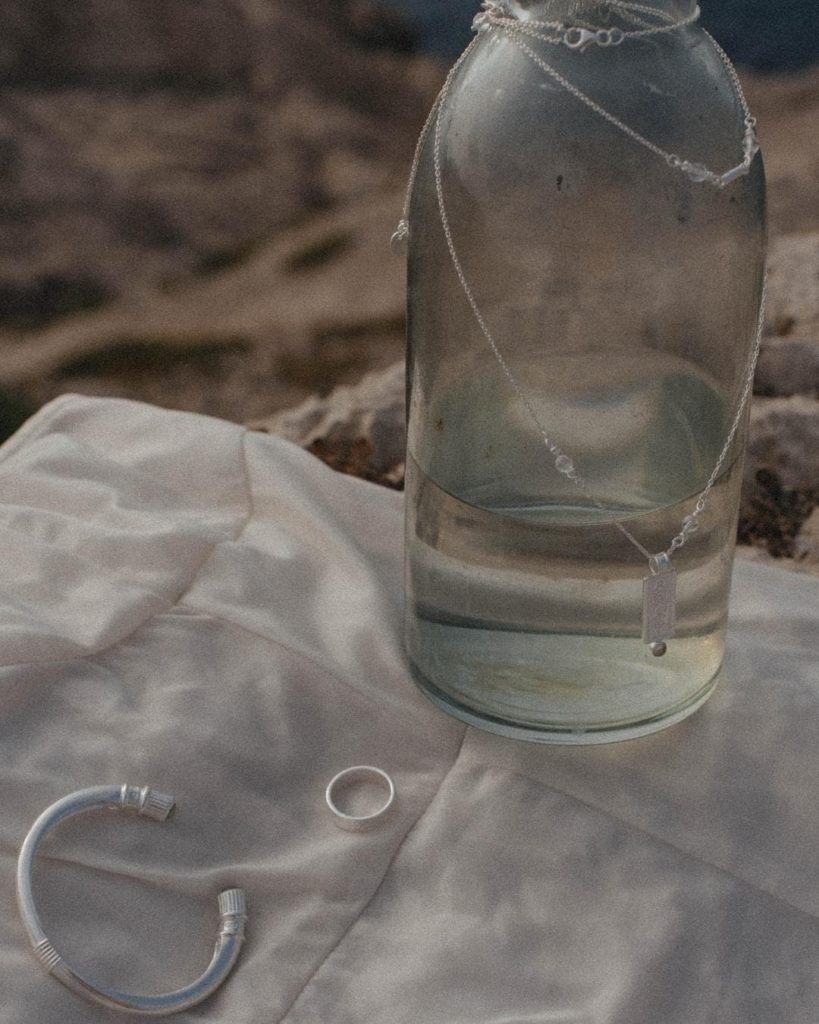
Le recyclage de l’argent
L’argent est aujourd’hui largement présent dans le monde et dans notre quotidien, sous toutes ses formes. La demande croissante et inlassable de l’argent encore actuelle impacte considérablement notre environnement. En effet, l’extraction incessante de minerais à des fins de productions profiteuses ont entraîné un épuisement des ressources ainsi que le bafouement des droits humains liés à leur exploitation.
L’argent étant un métal recyclable, il est tout à fait possible d’en faire une utilisation raisonnée, et donner vie à de nouveaux ouvrages utiles à nos civilisations actuelles.
La vie et les activités humaines respectueuses de la Nature étant au cœur de nos valeurs, Nekala a choisit de se fournir uniquement en argent recyclé fourni en France.
Crédits photos : 3 – Geoforum ; 4 – Bibliothèque Nationale de France | gallica.bnf.fr
